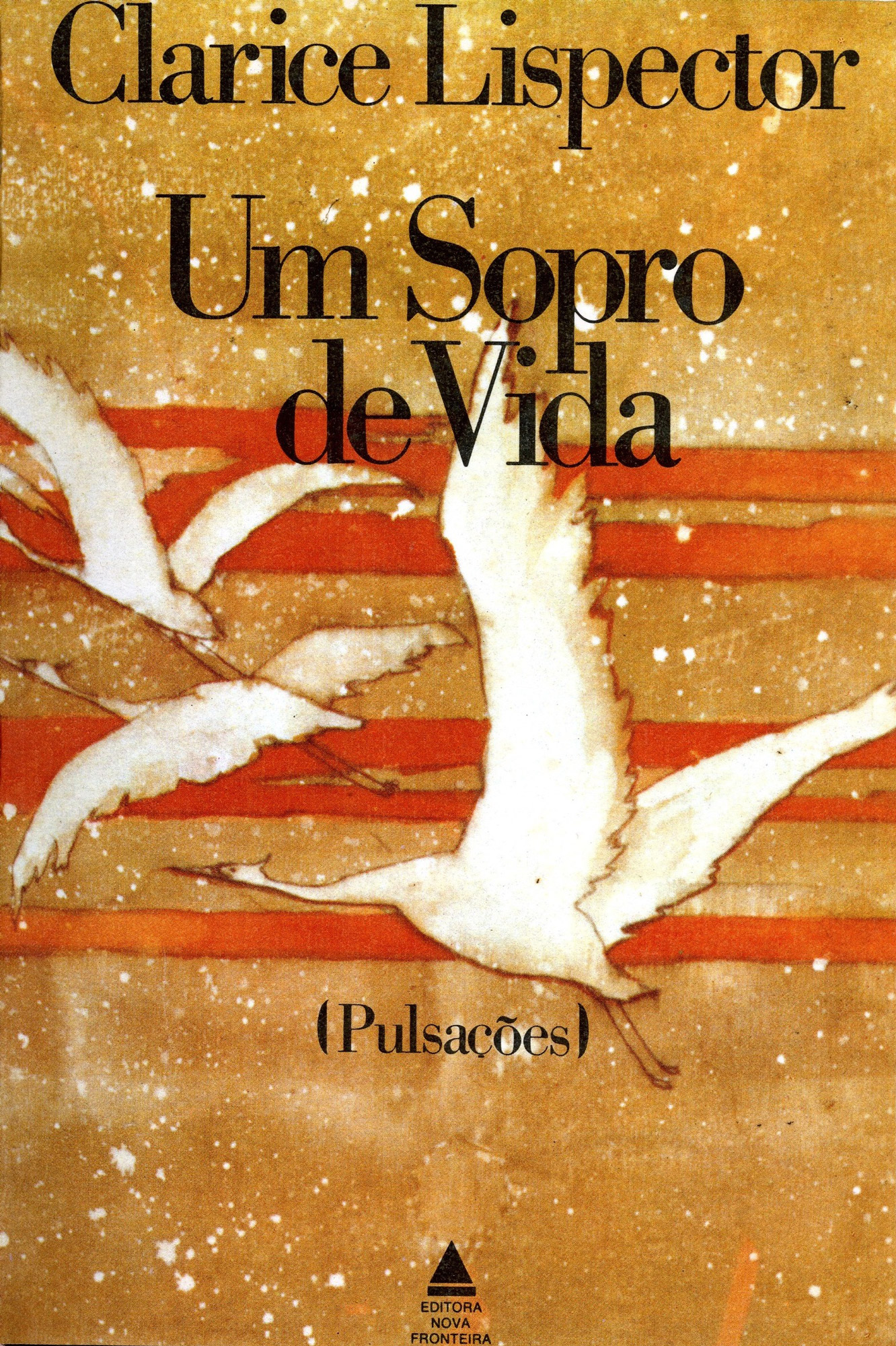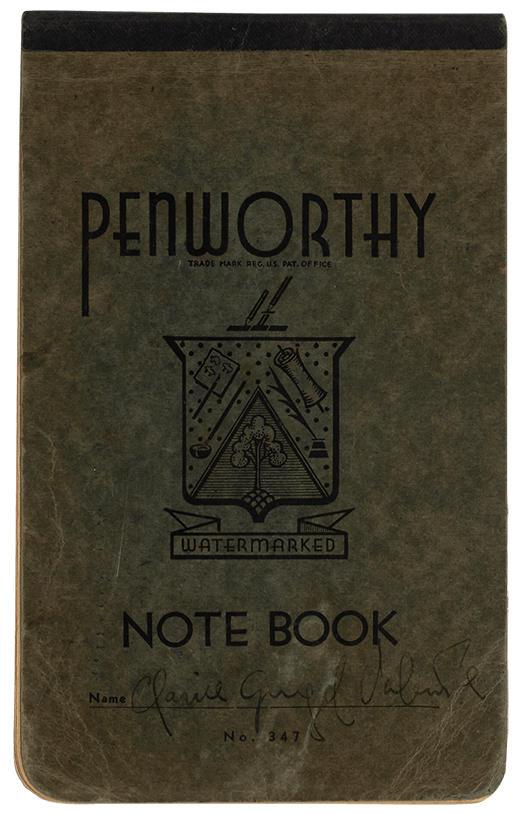Lispector’s last work, A Breath of Life, started to be developed in 1974, a time when the writer was seriously ill, passing away in December of 1977. Posthumously published, the book is the result of three years of writing and was developed concurrently with the novel The Hour of the Star, both narratives strongly taken with music. “I can’t imagine a life without the art of writing or painting or making music.” In A Breath of Life, the musical presence has to do with the search for an expression capable of reaching areas difficult to translate into words.
The plot is simple: the writer-narrator, when writing about Angela Pralini, a character present in other narratives of the writer, finds himself facing an inverted mirror of himself. Angela, a writer as well, exposes him to his own unfulfilled desires and brings up the discussion of the fine line between author and character. This situation provokes reflections regarding being in the world and the creative process. In the “struggle between being and existing,” a sensitive atmosphere is installed, commandeered here and there by melancholy, while nonetheless facing essential questions for those who want from life much more than what is foreseeable. The narrator announces on the first page: “I write as if to save somebody’s life. Probably my own. Life is a kind of madness that death makes. Long live the dead because we live in them.”
Writing presents itself as a prediction, in addition to a donation: “My life wants me to be a writer and so I write. It’s not by choice: it’s an intimate command.” A destiny that implies a risk: “Writing can turn a person mad… I’m afraid of my freedom…”. In the impasse on whether the word can or cannot mean what is thought and what is felt, the work presents the duality of the narrator-author, divided among rationality, instinct, body, and freedom. Angela, portrayed as a writer in a creative crisis, experiences the depth of silence: “The day runs along aimlessly outside and there are abysses of silence within me.” The passion and pain of writing are presented in all their rawness. Lispector resumes one of the topoi of her work, the narrative processes and models: to follow the path of those who obey structured and logical history; or to choose the disturbing path of the unconscious. “Should I be interested in the event itself? Have I been reduced to filling these pages with information about ‘facts?’ Should I make up a story or do I allow my chaotic inspiration free rein?” Sensitive readers must allow themselves to follow these pulsations, which are indicated in the subtitle of the work.
ByClarisse Fukelman


